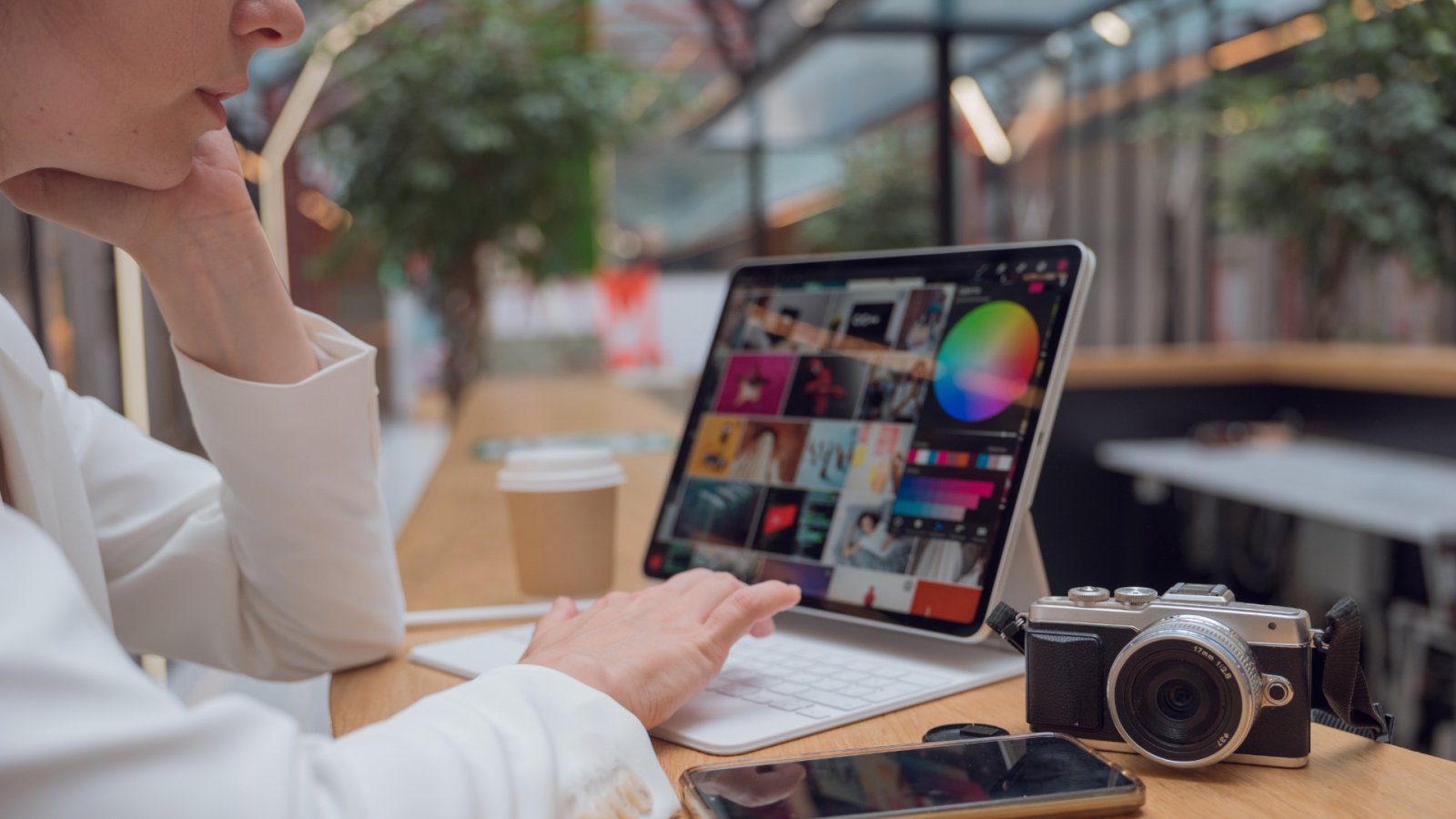For artists, drawing inspiration from visual art is natural. Many of us view pieces online through Instagram, virtual exhibitions, or gallery collections which offer widespread exposure. While the digital realm expands access exponentially, nothing fully replaces direct encounters.
Virtual viewing provides certain benefits - comparing compositions, exploring techniques and colors across a range. However, screens convey a flattened experience. We lose contextual clues like scale and texture vital for true appreciation. Standing before an original work transports us in a way pixels cannot. Physical examinations unveil subtle details that digital formats obscure. One might discover an initial sketch beneath layers, and feel the artist's very hand that applied brushstrokes centuries ago. Imagining their process enhances our connection in a viscerally inspiring way. Technological marvels still cannot replace standing in similar relation as the creator, sensing their spirit imbued.
Both virtual and tangible exposures hold value, but each impacts viewers uniquely. Screens offer convenient preliminary exposure while limiting a work's full-dimensional personality. Only direct experience allows relationship building through the study of subtle details, scale, and tactility. While technology expands our network, the soulful rewards of standing beside history necessitate live visitations whenever possible. Both realms contribute to enrichment, though physical immersion cultivates richer empathetic comprehension.
While nothing replaces standing before original works, online platforms increasingly facilitate art appreciation. As viewing habits evolve, opportunities also emerge to enrich virtual experiences. Access now transcends geographic barriers, connecting global communities. Viewers encounter diverse perspectives across time periods and cultures. Interactive features deepen engagement through open dialogue.
Creators skillfully leverage close-ups and contextualization to reveal subtleties inaccessible IRL. Settings allow envisioning art at home. Questions prompt additional perspectives. Sales processes streamline to many buyers' preferences. Technological advancements continuously optimize the digital presentation. Programmers work to optimize comprehension through simulated scale, light, and texture. Curators experiment with immersive formats.
Both mediums offer unique values. Whereas intimacy arises from physical presence, online platforms cultivate accessibility and serendipitous discovery. Together, they broaden art's capacity to inspire worldwide. Rather than lament changes, embracing multimedia potentials enriches appreciation. Dialogue enlightens where views diverge. Complementary engagement across realms honors creators' visions and nurtures inclusive communities. The future remains unwritten; both have roles to play.
The flexibility and accessibility of online art viewing:
- Virtual platforms allow exploration at one's own pace without external time constraints.
- Online, distraction-free zones optimize immersive examination without competing environmental factors like noise, foot traffic, or blocked views that can encumber in-person experiences.
- For introverts or those with social anxiety, digital settings empower solitary learning freed from potential interaction pressures.
- Busy schedules interconnect with virtual art conveniently from any internet-enabled location like a home or office. Spontaneous discoveries occur globally 24/7.
- Physical limitations such as disability or mobility issues pose no impediment to digital access.
- Multiple viewing methods exist - smartphones during commutes, large screens for concentrated scrutiny, and tablets for on-the-go delving. Technologies adapt appreciation to lifestyle needs.
- Virtual platforms allow solitary contemplation without extrinsic social pressures or obligations.
- Viewers set their own peaceable pace without disruptions from external chatter, evaluations or unsolicited opinions.
- Both introverts and extroverts appreciate browsing anonymously without accountability for small talk or networking.
- Unwanted social interactions like propositioning, one-sided conversations, or hard sales cannot encroach on the solitary experience.
- Multitasking remains an option for those who prefer combined activities like snacking during casual viewing sessions.
While nothing fully replaces the experience of encountering art in person, online platforms have transformed the way many audiences engage with visual works. As technologies continue advancing at a rapid pace, virtual viewing presents an increasingly comprehensive alternative to physical exhibitions. Both real and digital realms make unique contributions to artistic appreciation. Tangible viewings cultivate immersive connections through uninhibited scale analysis and textural discernment. However, online spaces remove barriers like geography, budgets, and social pressures that historically limited art's reach. As this debate evolves, a balanced perspective embraces the value each forum provides. Full-bodied, unobstructed examination remains integral for connoisseurs seeking profound insights. Yet digital access opens participatory floodgates to cultivate new communities of viewership. Complementary experiences across mediums can foster hybrid models inspiring widespread creativity.
Future innovations will only expand virtual art's capacity to educate globally while preserving the soulful enrichment of original encounters. An open dialogue acknowledging each medium's strengths, from accessibility to intimacy, nurtures art's continuing power to transform individually and collectively. As technologies seamlessly interweave the physical and virtual, appreciation blossoms most when we celebrate art's universal role in cultivating empathy worldwide.






